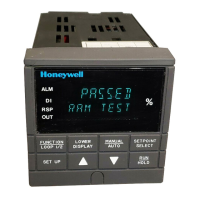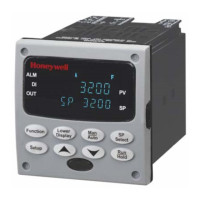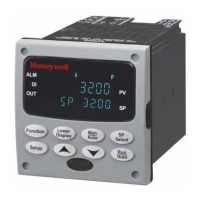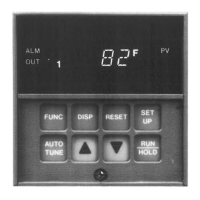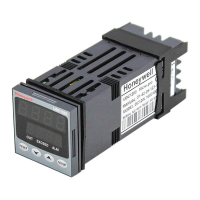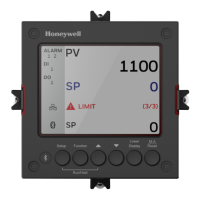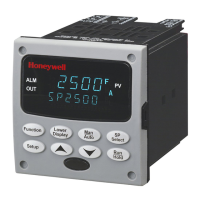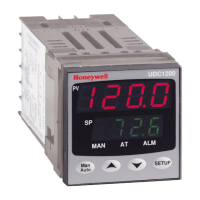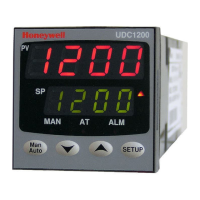Modbus Read, Write and Override Parameters plus Exception Codes
434 UDC3500 Universal Digital Controller Product Manual 3/07
10.8 Modbus RTU Exception Codes
Introduction
When a master device sends a query to a slave device it expects a normal response. One
of four possible events can occur from the master’s query:
• Slave device receives the query without a communication error and can handle the
query normally.
It returns a normal response.
• Slave does not receive the query due to a communication error.
No response is returned. The master program will eventually process a time-out
condition for the query.
• Slave receives the query but detects a communication error (parity, LRC or CRC).
No response is returned. The master program will eventually process a time-out
condition for the query.
• Slave receives the query without a communication error but cannot handle it (i.e.,
request is to a non-existent coil or register).
The slave will return with an exception response informing the master of the nature of
the error (Illegal Data Address.)
The exception response message has two fields that differentiate it from a normal
response:
Function Code Field:
In a normal response, the slave echoes the function code of the original query in the
function code field of the response. All function codes have a most-significant bit
(MSB) of 0 (their values are below 80 hex). In an exception response, the slave sets
the MSB of the function code to 1. This makes the function code value in an
exception response exactly 80 hex higher than the value would be for a normal
response.
With the function code’s MSB set, the master’s application program can recognize
the exception response and can examine the data field for the exception code.
Data Field:
In a normal response, the slave may return data or statistics in the data field. In an
exception response, the slave returns an exception code in the data field. This defines
the slave condition that caused the exception.

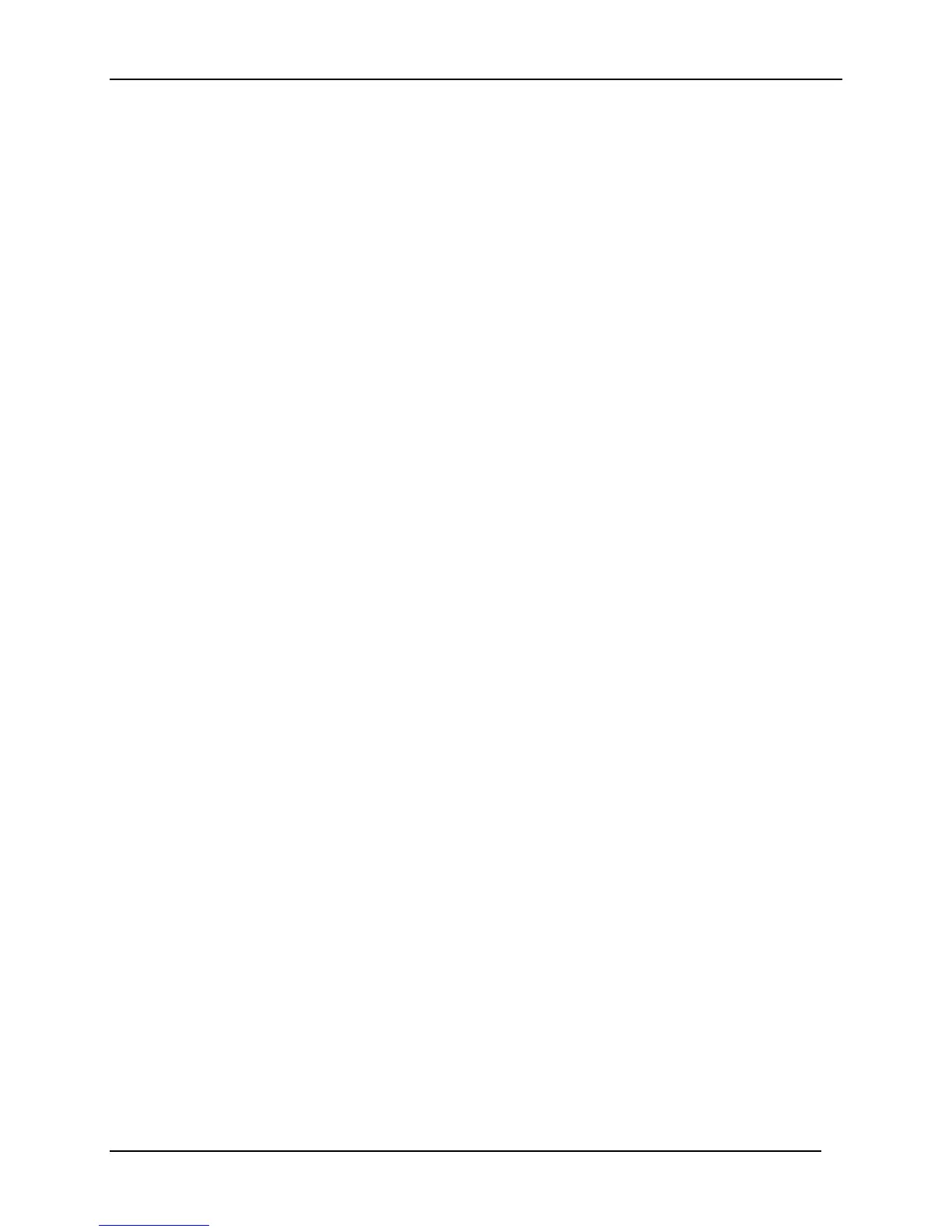